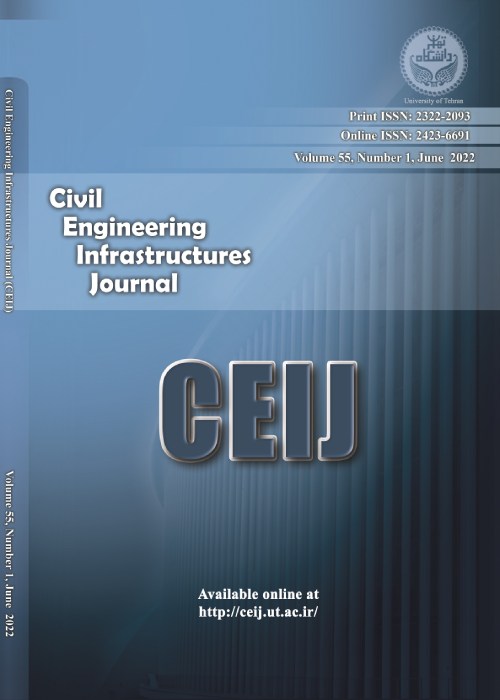Numerical Modeling of Generation and Propagation of Tsunami Waves along the Southern Coast of Iran
Abstract:
The main goal of this study is to increase the software capabilities of Iran towards the development of a tsunami warning system for its southern coast bordering the Indian Ocean. The devastating tsunami of 26 December 2004 in the Indian Ocean region emphasized the necessity for development of tsunami warning systems for the world’s vulnerable coastlines, especially for those neighboring the Indian Ocean. Studies showed that there are two main tsunamigenic zones in the Indian Ocean region, namely the Sumatra subduction zone in the east and the Makran subduction zone at the northwest of this ocean. The Makran subduction zone is located offshore Iran and Pakistan and produced some destructive tsunamis in the past. The most recent tsunami in the Makran region occurred on 28 November 1945 which claimed more than 4000 lives along the coasts of Iran, Pakistan, Oman and India. As the southern coast of Iran is at risk of tsunami from the Makran subduction zone, Iran is committed to work towards the development of a tsunami warning system, and to cooperate with the countries in the region in this field. All activities towards the development of a tsunami warning system can be classified into two categories: 1) hardwares like tsunameters, tide gauges, seismic networks, and etc., and 2) softwares. Numerical modeling of tsunami is among the second group and is a vital part of any tsunami warning system. Here, we discuss the modeling of tsunami generation and propagation. At first, the algorithm for tsunami generation modeling is presented and then, the generation phase of a possible tsunami in the region was modeled. The results of generation modeling were compared with international experiences. In the next section, the propagation of tsunami was modeled using a well-validated international numerical model for long waves. Results of the tsunami generation modeling showed that in the case of an earthquake with a moment magnitude of 8, the maximum vertical uplift of the seafloor will be about 1.5 m, and an area with the dimensions of 150 and 250 km will be deformed due to the earthquake. Tsunami propagation modeling showed that the first tsunami waves will hit the nearest coastline within 15-20 min after the earthquake. The maximum tsunami wave height was estimated about 3 m. It is showed that how the results of the numerical modeling of tsunami can help to develop a tsunami warning system. Our preliminary investigation shows that at least 891 case-scenarios should be simulated to develop the tsunami warning system in the Makran region.
Language:
Persian
Published:
Civil Engineering Infrastructures Journal, Volume:44 Issue: 2, 2010
Page:
165
magiran.com/p788299
دانلود و مطالعه متن این مقاله با یکی از روشهای زیر امکان پذیر است:
اشتراک شخصی
با عضویت و پرداخت آنلاین حق اشتراک یکساله به مبلغ 1,390,000ريال میتوانید 70 عنوان مطلب دانلود کنید!
اشتراک سازمانی
به کتابخانه دانشگاه یا محل کار خود پیشنهاد کنید تا اشتراک سازمانی این پایگاه را برای دسترسی نامحدود همه کاربران به متن مطالب تهیه نمایند!
توجه!
- حق عضویت دریافتی صرف حمایت از نشریات عضو و نگهداری، تکمیل و توسعه مگیران میشود.
- پرداخت حق اشتراک و دانلود مقالات اجازه بازنشر آن در سایر رسانههای چاپی و دیجیتال را به کاربر نمیدهد.
In order to view content subscription is required
Personal subscription
Subscribe magiran.com for 70 € euros via PayPal and download 70 articles during a year.
Organization subscription
Please contact us to subscribe your university or library for unlimited access!



